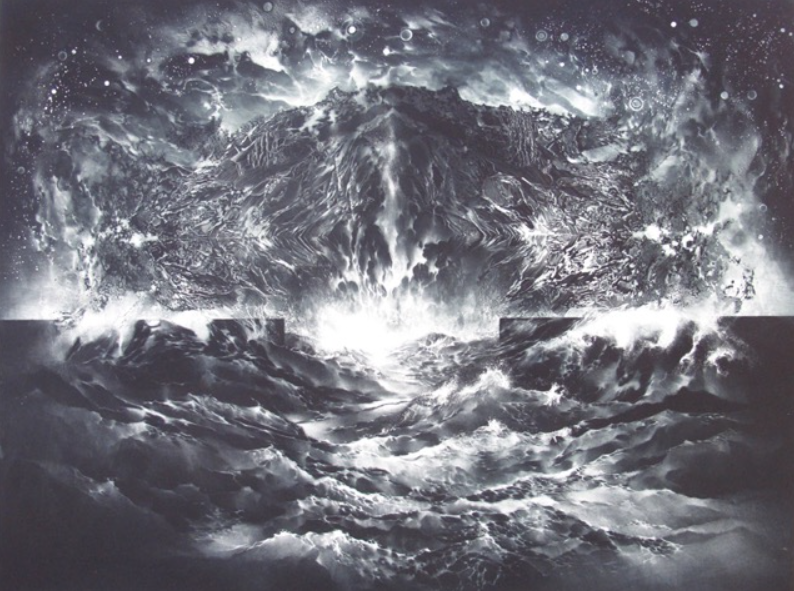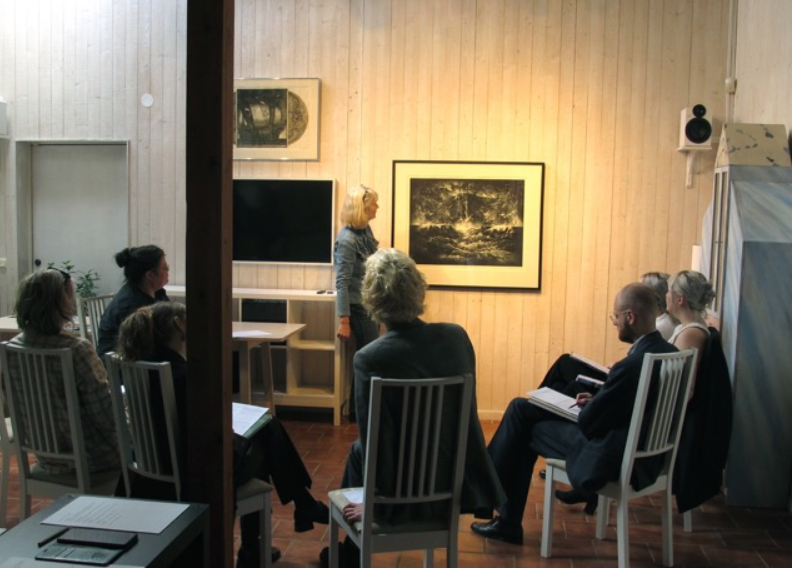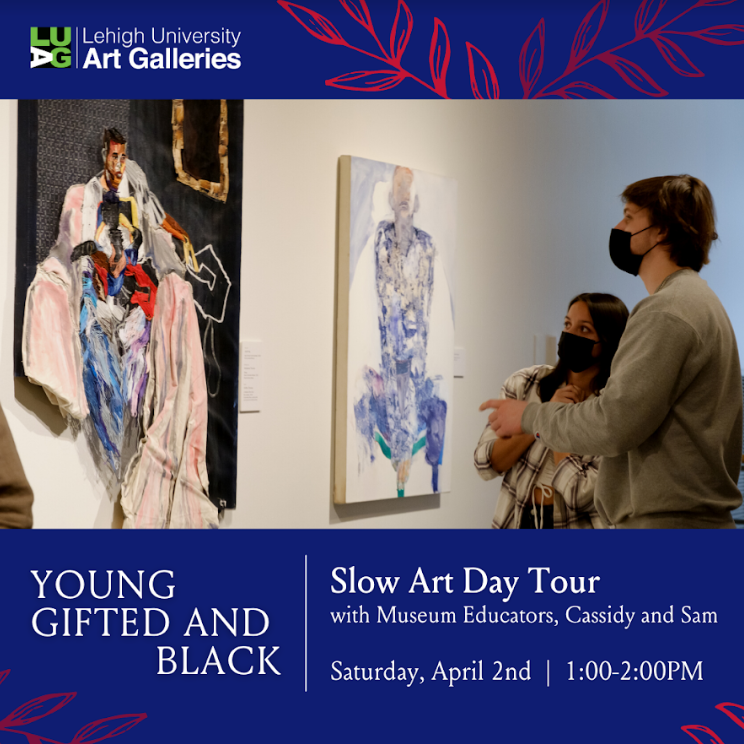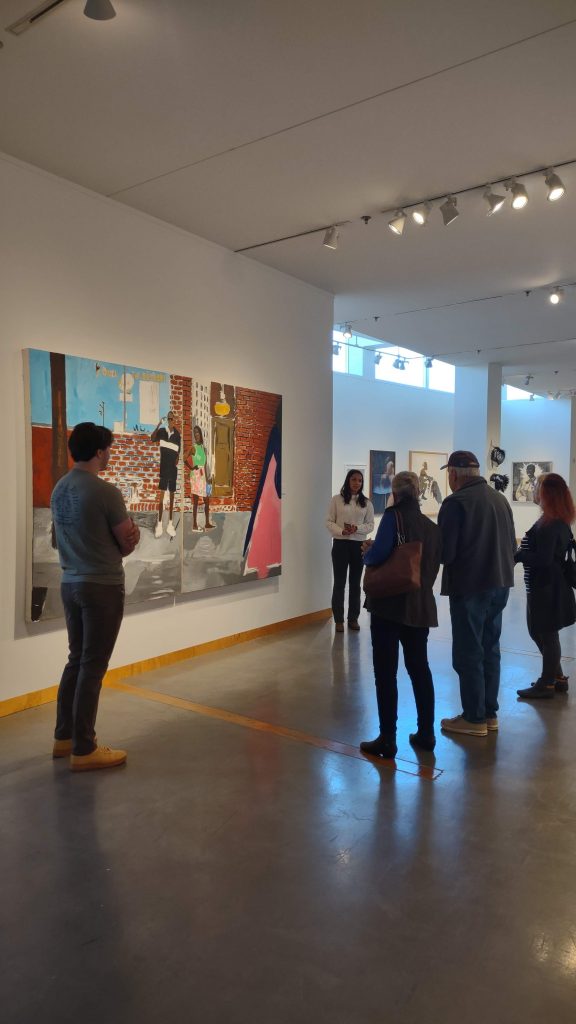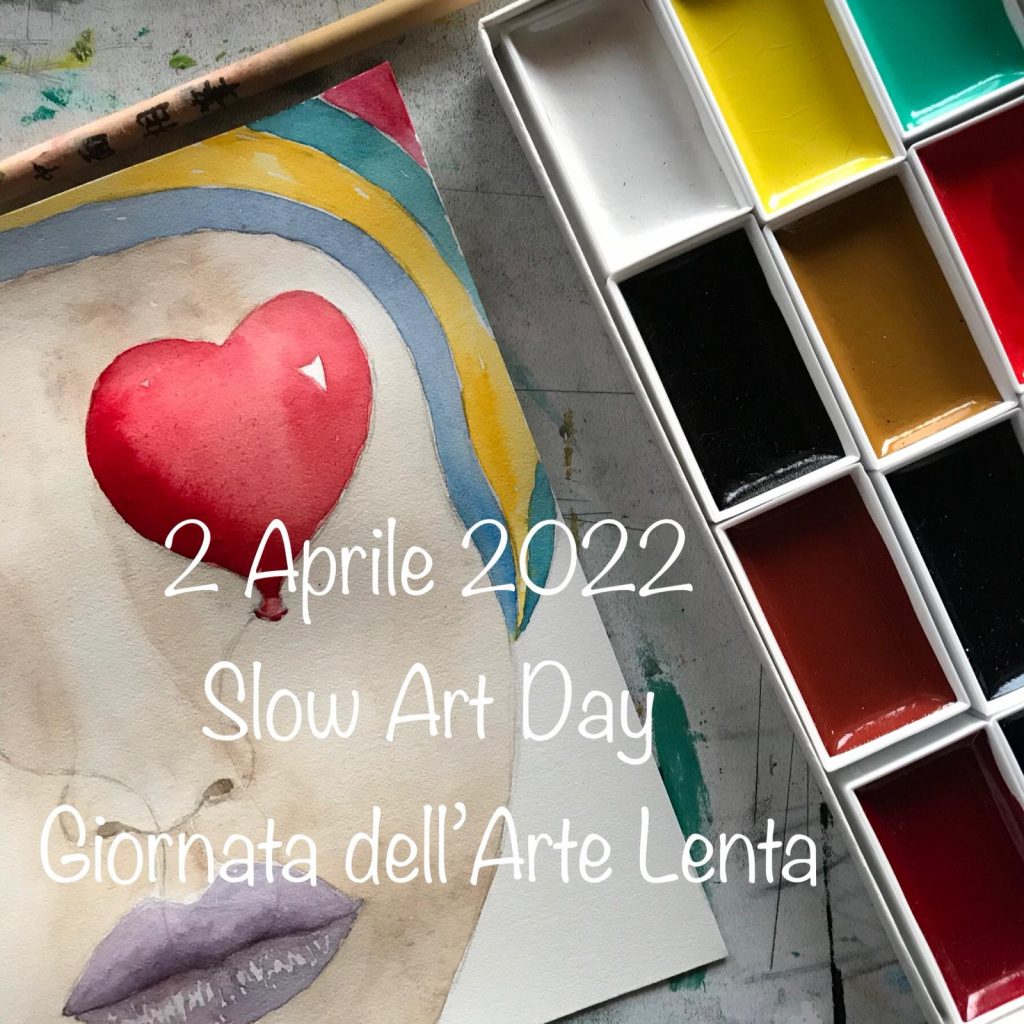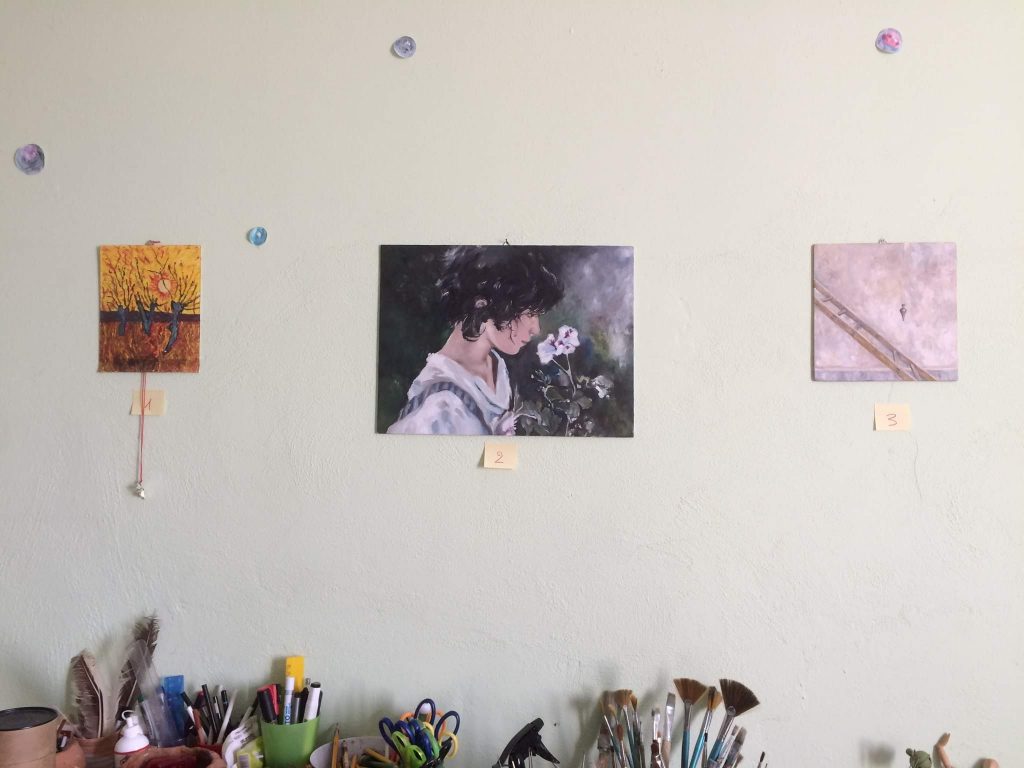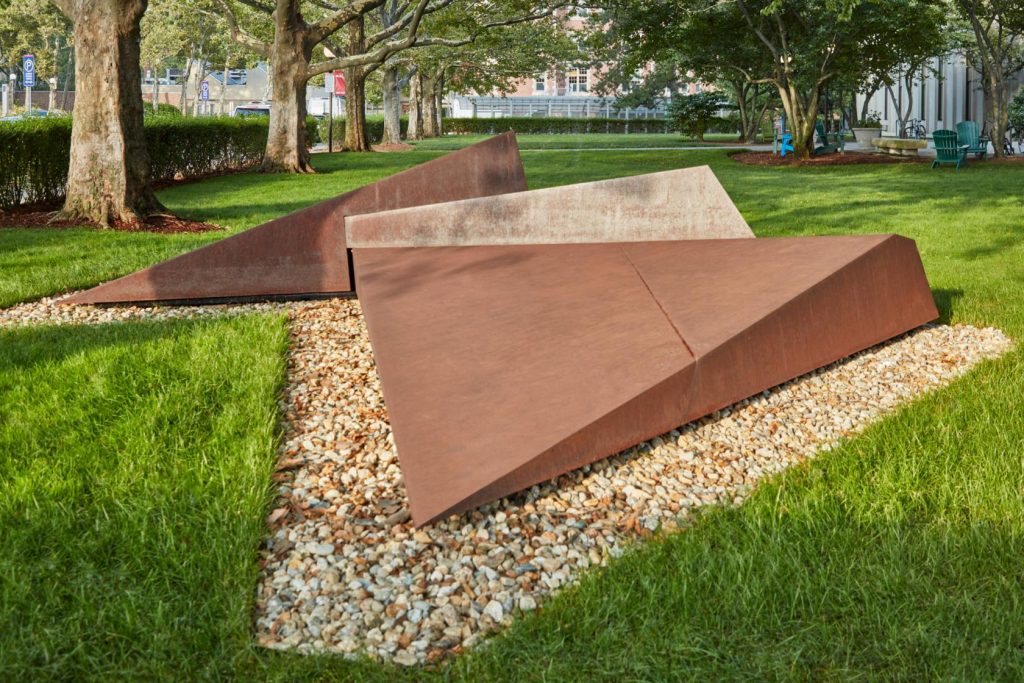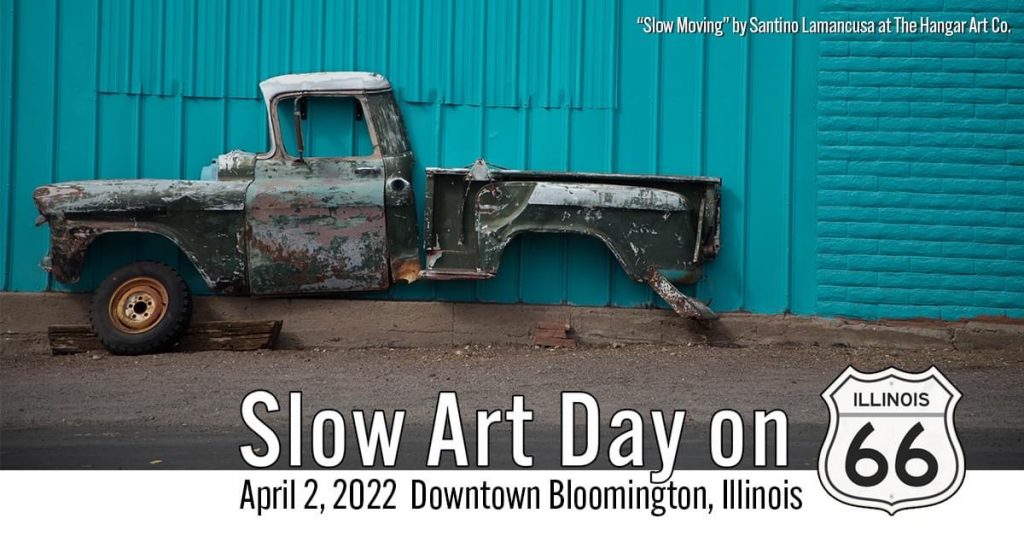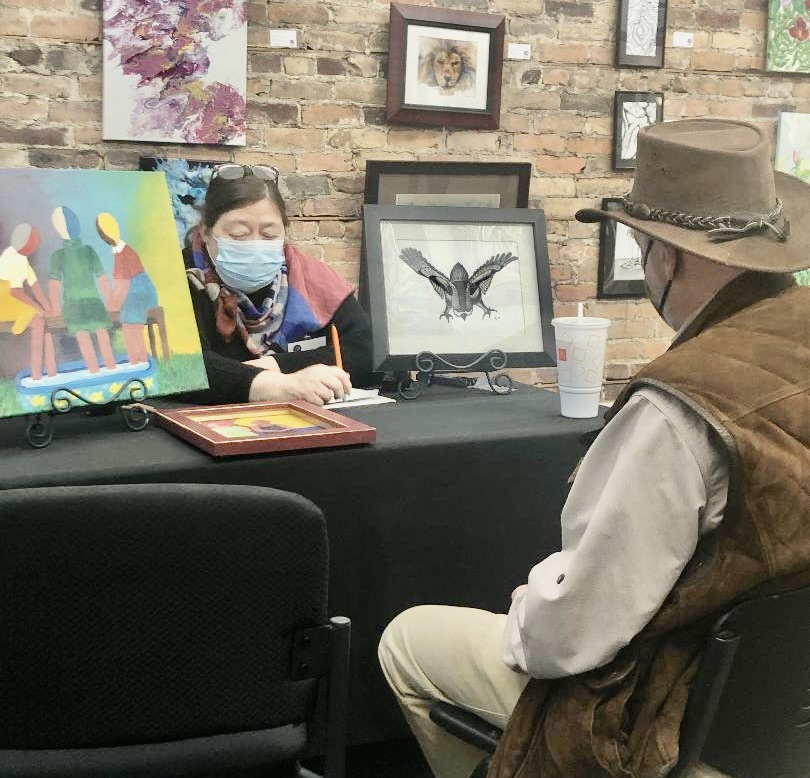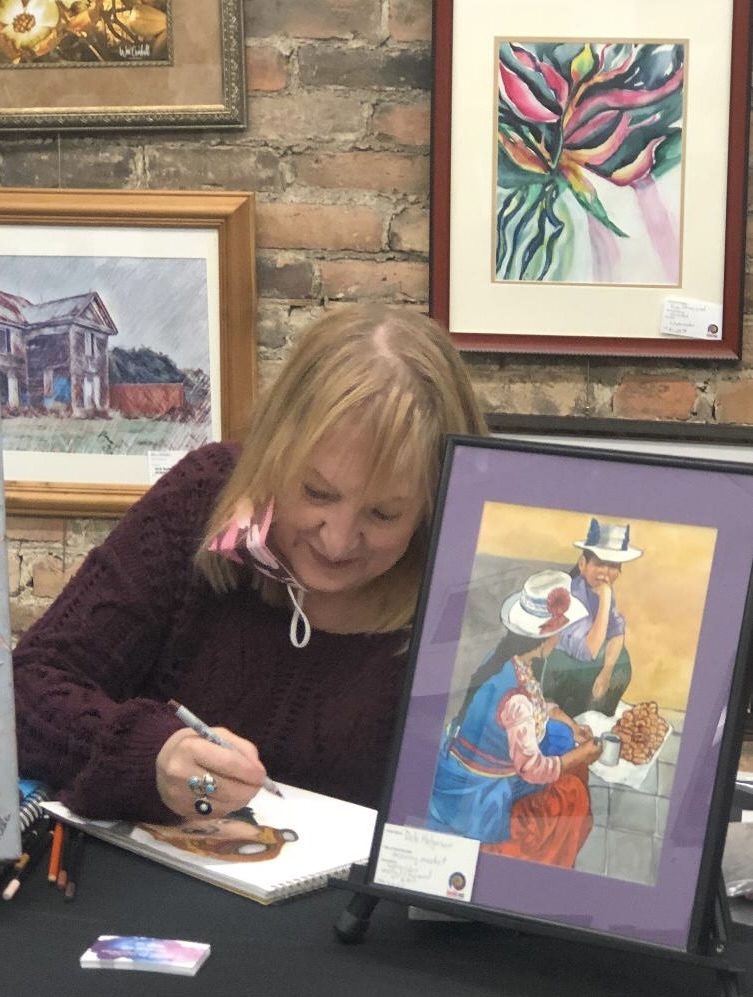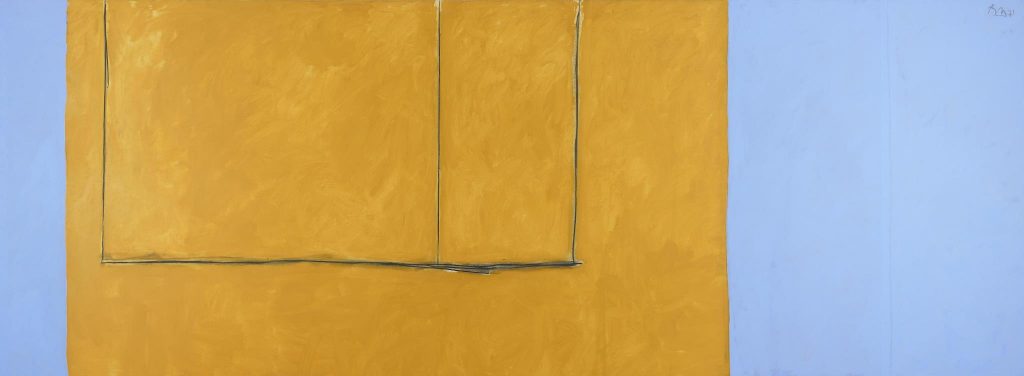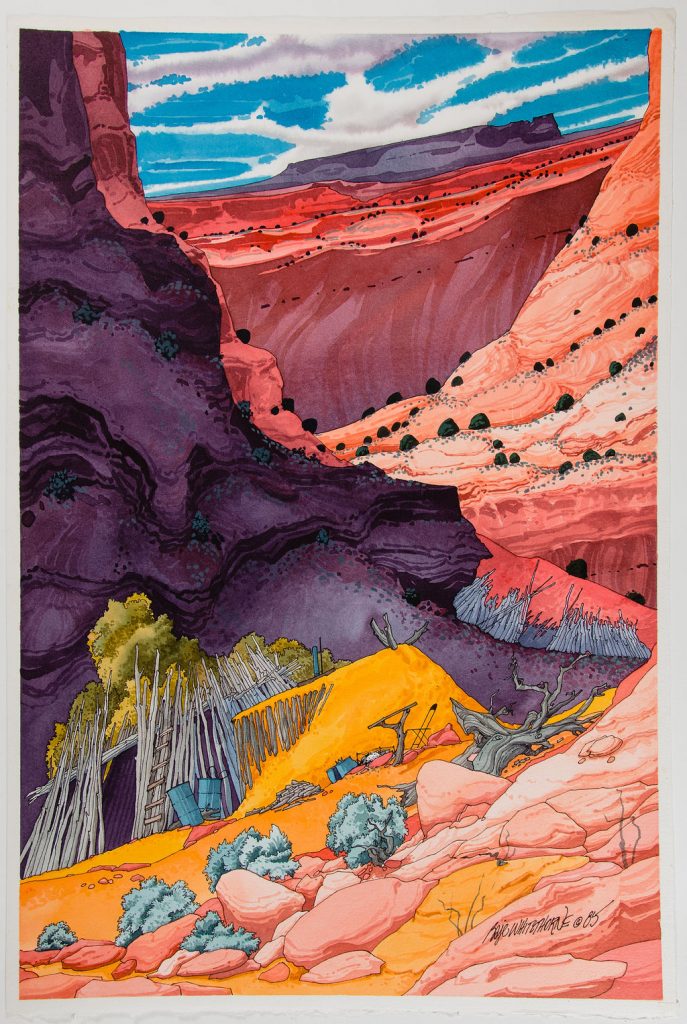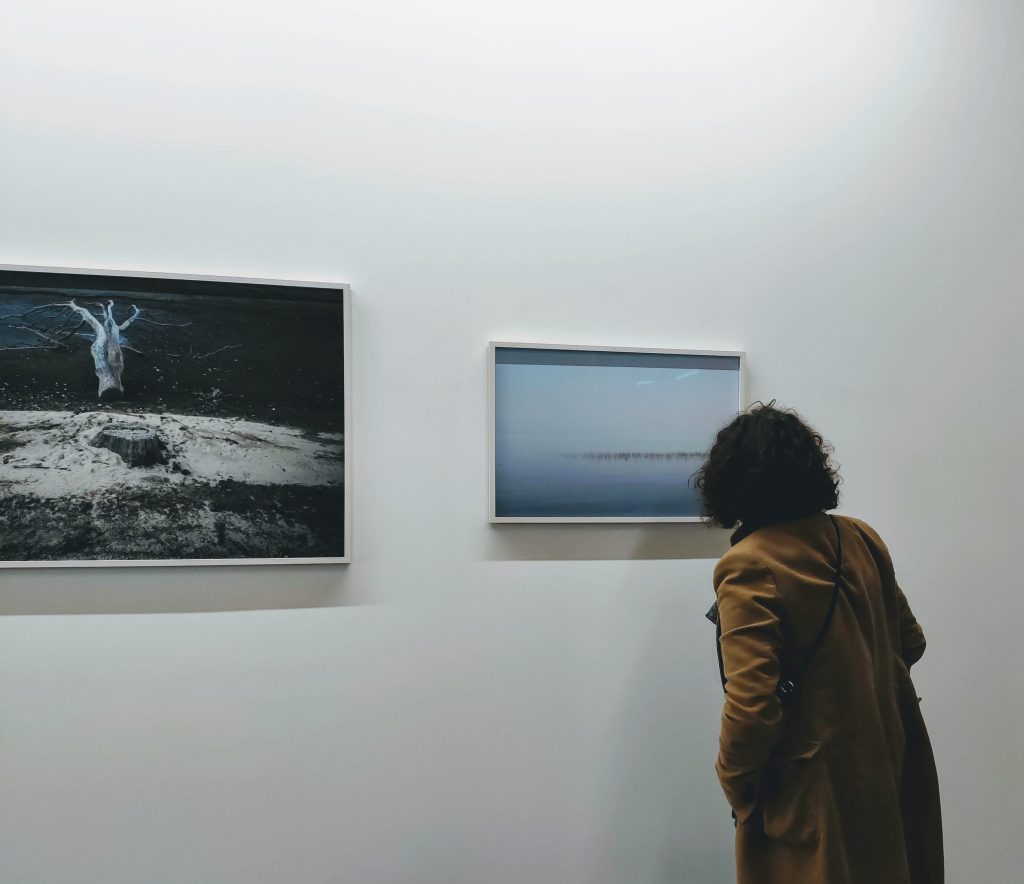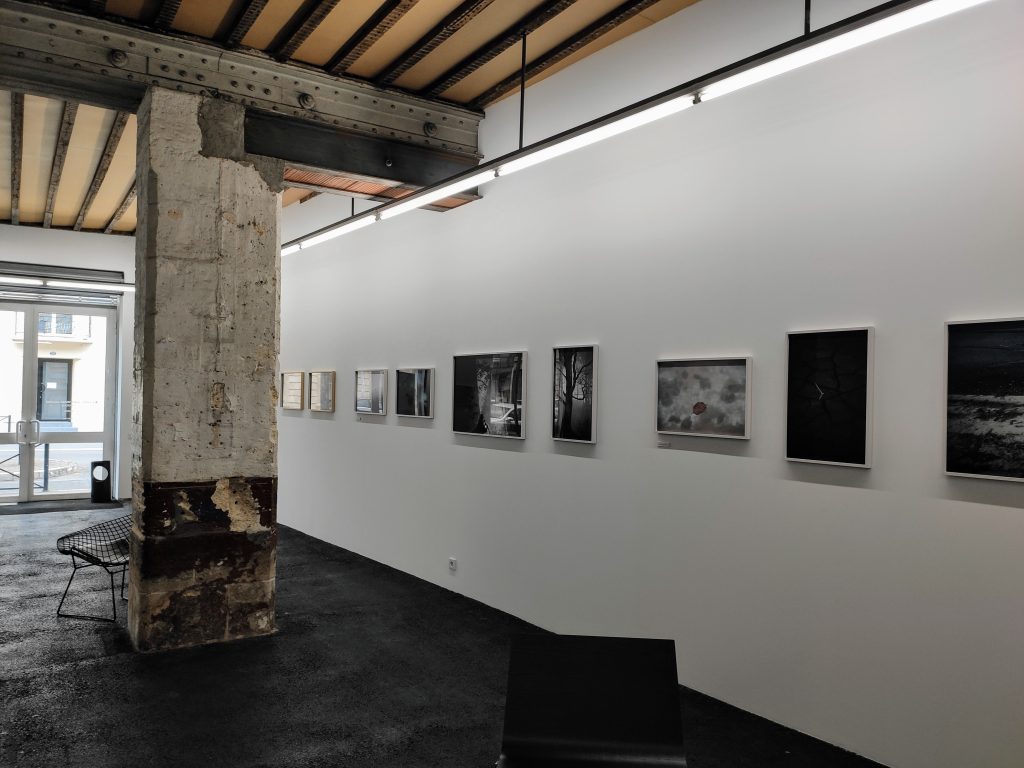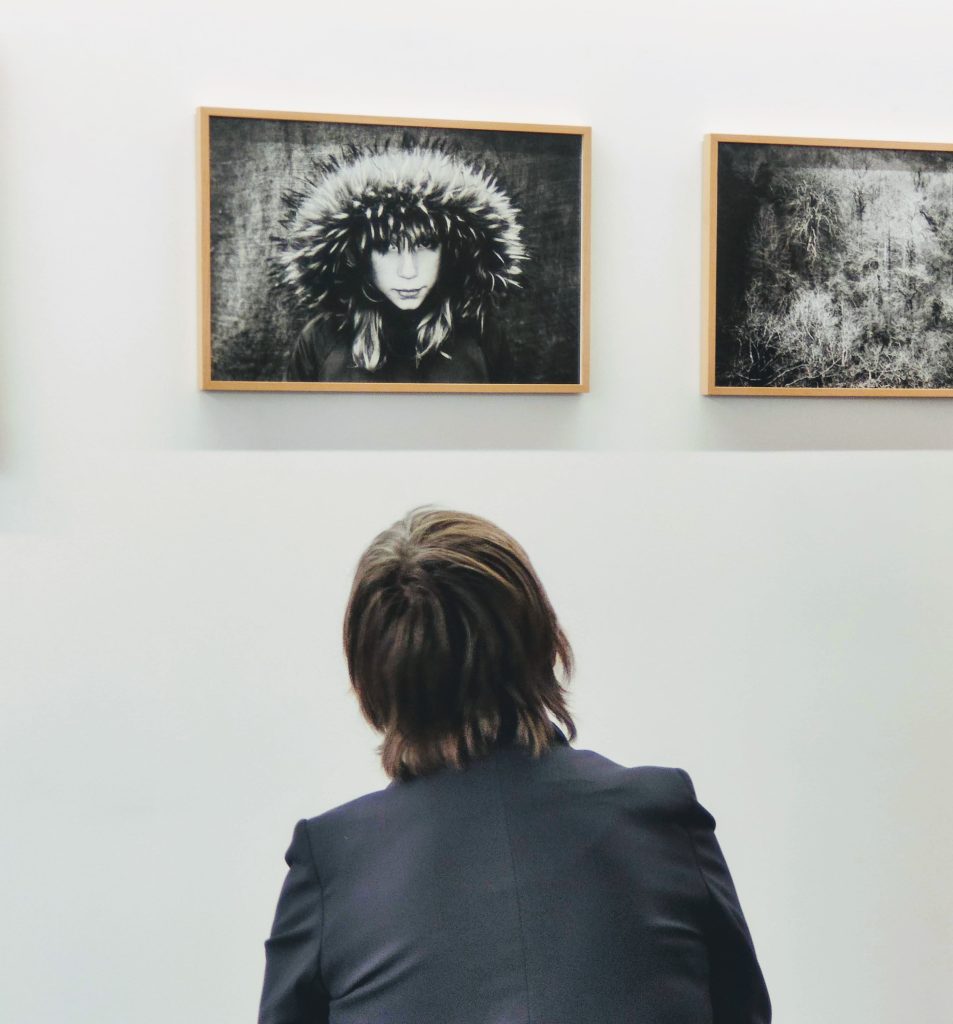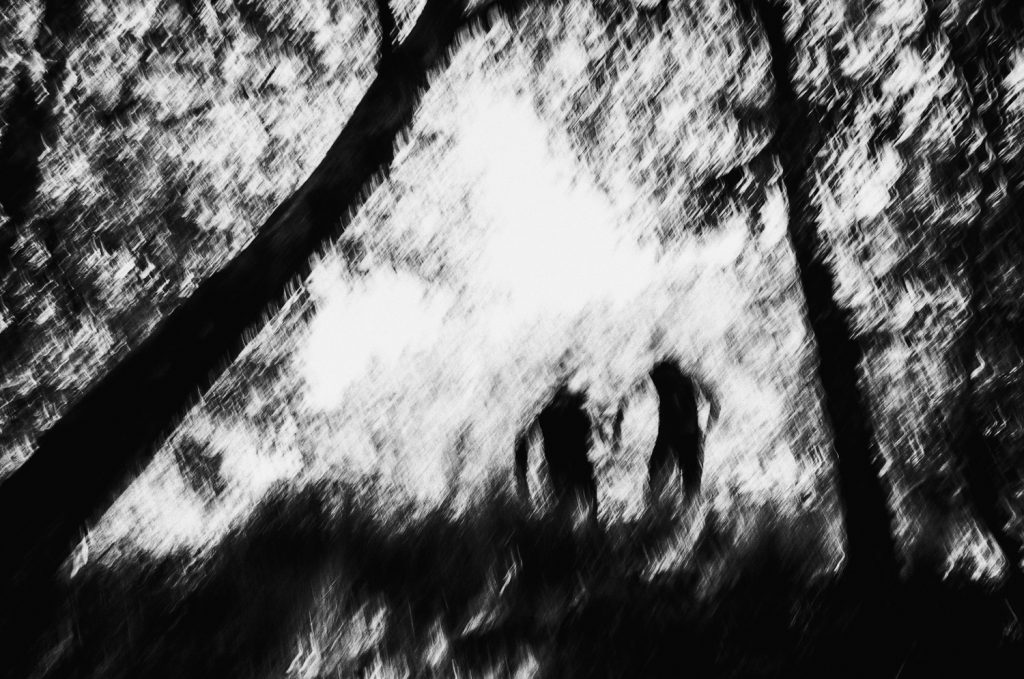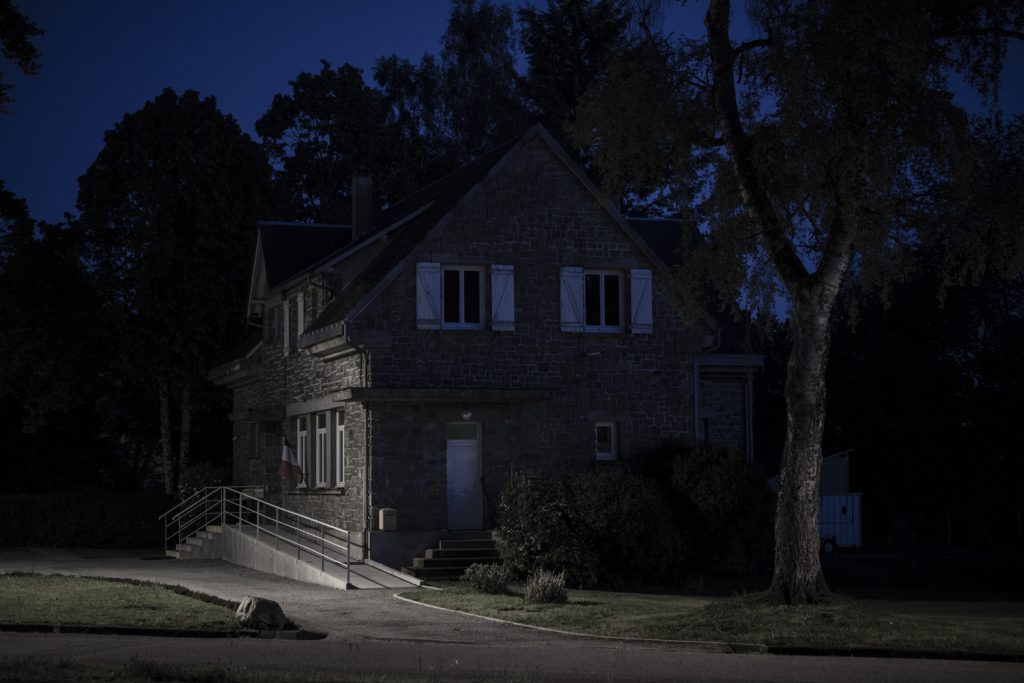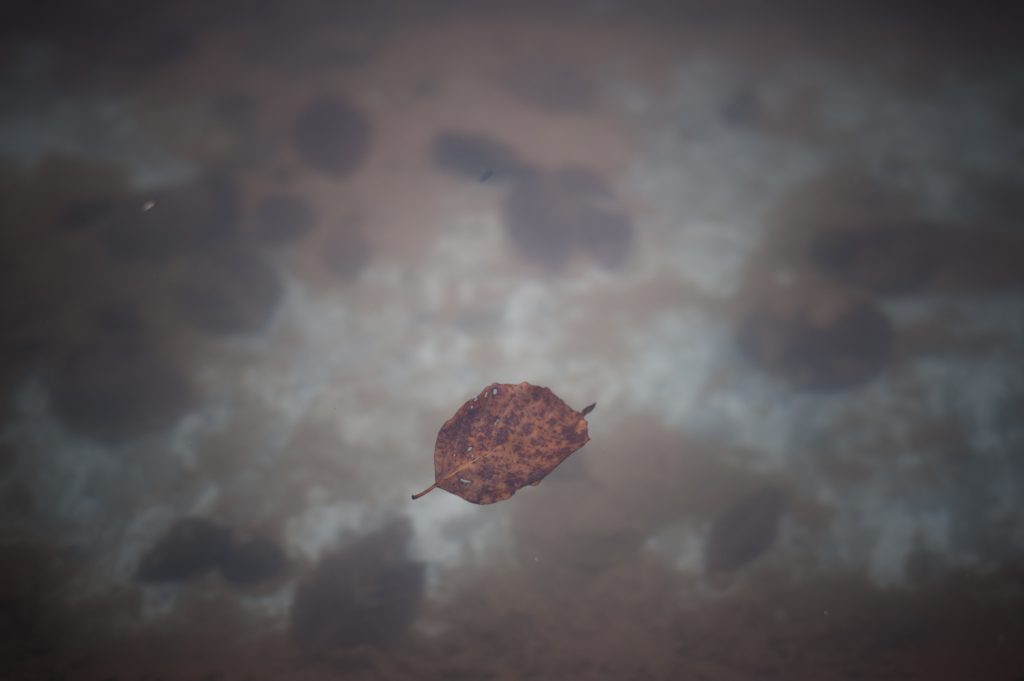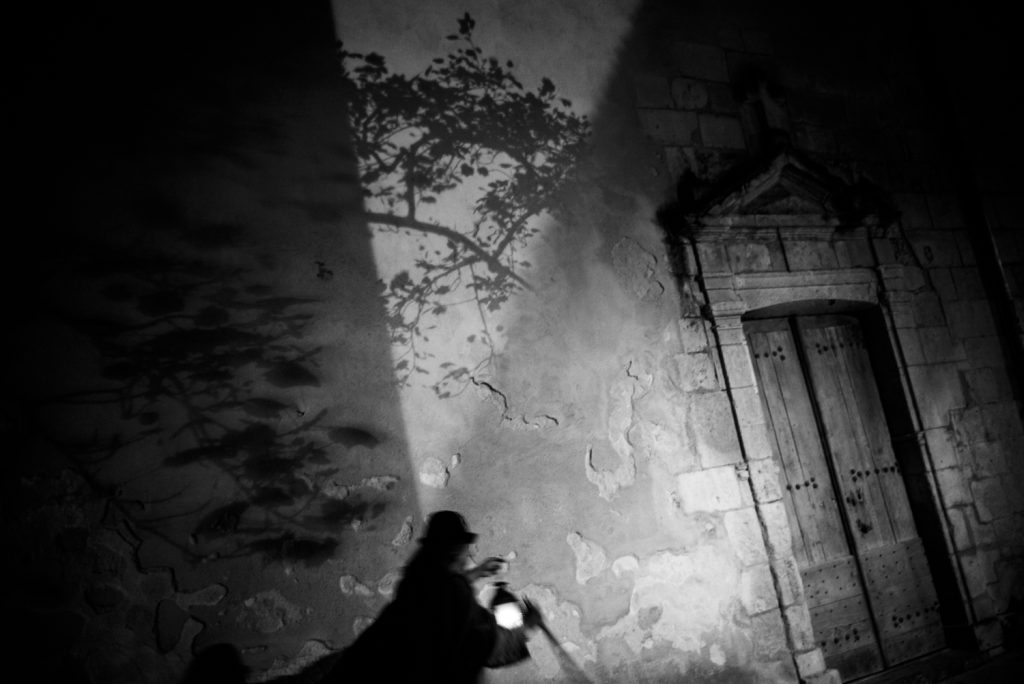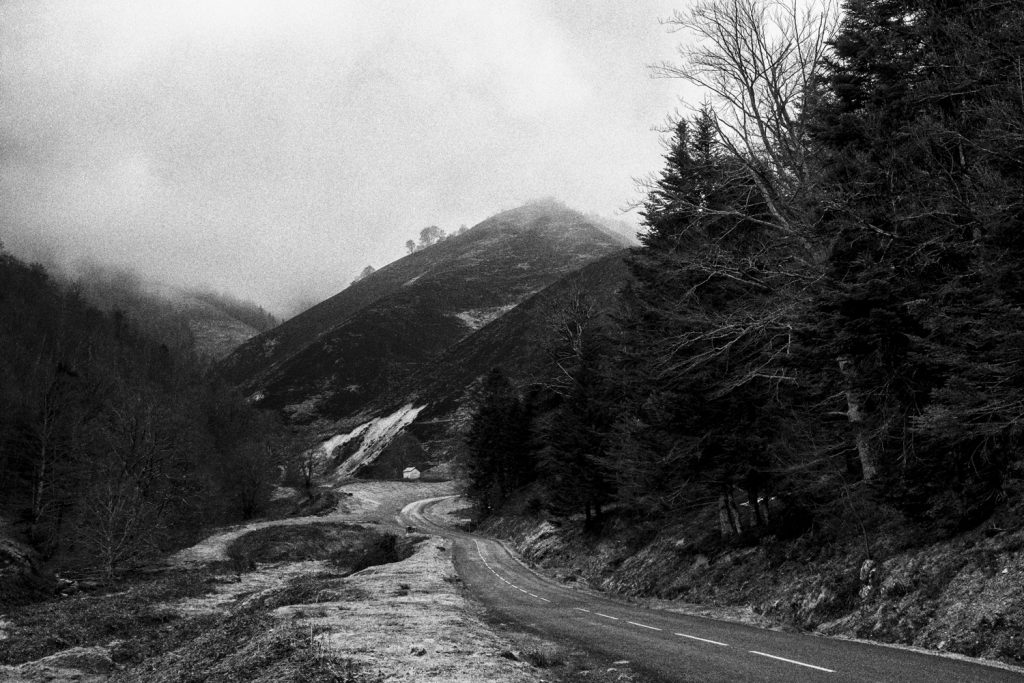For their third Slow Art Day, Sweden’s Gothenburg Museum of Art hosted a meditation session in their exhibition Barbro Östlihn. New York Imprint, featuring renowned post-war Swedish artist, Barbro Östlihn, who was friends with several US-based artists such as Robert Rauschenberg, Frank Stella, Claes Oldenburg, and Roy Lichtenstein.
Linda Noreen, program coordinator, organized the event, while the meditation was lead by Lars Hain, who has 25 years of leading meditation workshops.
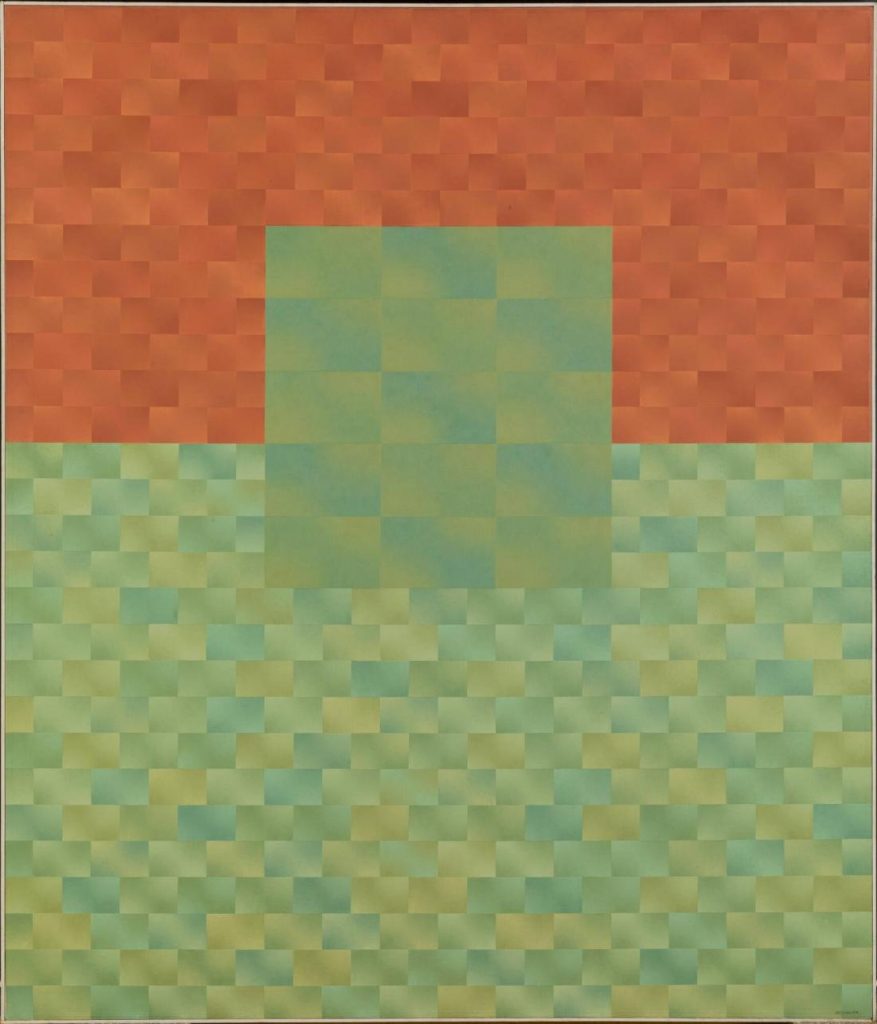
Once they arrived at the museum, participants were taken to the Barbro Östlihn exhibit, invited to sit down on chairs and cushions, and then led through a meditative slow looking experience.
We’ll note that mixing meditation and slow looking is not new to Gothenburg Museum of Art.
In fact, as part of Slow Art Day 2021, they created a meditative video guide on how to slow down with art (in Swedish), while the museum was forced to close due to the pandemic. If you are a speaker of a Scandinavian language, we recommend viewing the video below for inspiration.
We at Slow Art Day HQ love the mixing of meditation and slow looking and especially appreciate that Gothenburg Museum of Art provided soft chairs and cushions (sounds really comfortable – every museum needs to do this!).
We look forward to seeing what Gothenburg Museum of Art comes up with for their 4th Slow Art Day in 2023.
– Johanna, Ashley, Jessica, Phyl and Robin
P.S. You can find the Gothenburg Museum of Art on Facebook and Instagram.

